Many shrewd horse racing punters research whether there is a draw bias at Wolverhampton Racecourse.
The horse racing draws are perhaps the most overlooked factor in horse racing statistics in April 2024.
The Wolverhampton draw bias refers to whether or not a racehorse running at Wolverhampton has an advantage or disadvantage following the stall they have been drawn in.
Our horse racing tipsters can be influenced by the draw of the horse when selecting their best chances of a winner at Wolverhampton Races.
In our Wolverhampton Draw Guide, we will explain everything you need to know about the stalls and potential draw advantages for horses running at Wolverhampton today.
Is there a draw bias at Wolverhampton Racecourse?
Wolverhampton Racecourse is a synthetic all-weather track and as such, there is very little draw bias.
This is because the surface is very consistent and does not change over the course of the meeting.
However, there is a small advantage for horses drawn low over8 furlong distance, as they have a slightly shorter distance to travel to the first bend. This advantage is minimal and is often offset by other factors such as pace and form.
Overall, Wolverhampton is a track where pace is often a key factor in determining the outcome of races, rather than any significant draw bias.
What is the Draw Bias at Wolverhampton 5 Furlongs?
When it comes to Wolverhampton’s 5 furlongs distance, there doesn’t appear to be a strong draw bias. However, analysis of the data suggests that in larger fields with over 10 runners, low drawn horses have a significant advantage.
This could be due to the sharp turn out of the stalls, which puts the inside runners in a better position to negotiate the turn and secure a good position in the race.
It’s worth noting that Wolverhampton’s 5 furlongs track is a relatively new course, having only been opened in 1994, so there isn’t a vast amount of data to draw on. Nevertheless, the trend of low draws being favourable in larger fields is one to bear in mind when considering bets on races over this distance at Wolverhampton.
What is the Draw Bias at Wolverhampton 7 Furlongs?
Based on the analysis of past races, there is only a slight draw advantage at Wolverhampton over 7 furlongs.
This is quite unexpected given the course configuration, where the horses start on a chute and then run straight into a left-handed bend.
One would assume that low drawn horses would have a significant advantage, but the stats show otherwise.
It’s worth noting that this slight bias towards low drawn horses seems to be more pronounced in races with larger fields. In smaller fields, there appears to be no significant advantage either way.
It’s important for punters to keep an eye on the draw, especially in larger fields, but it’s not the sole factor to consider when analysing a race at Wolverhampton over 7 furlongs.
What is the Draw Bias at Wolverhampton 1 Mile?
Surprisingly, Wolverhampton’s mile race is the only distance at this course that has a significant draw bias, with low numbers being preferred.
However, it is worth noting that the outside stall has been quite productive as well. Wolverhampton’s mile race is run on the same straight as the 7-furlong race and starts on a chute, running straight into a left-handed bend.
The slight bias towards low numbers may be due to the bend as horses drawn low can take advantage of the bend and get a better position going into the turn.
It is worth noting that Wolverhampton’s mile race is typically run by horses that are not the fastest or the slowest, and they tend to run at an even pace throughout the race.
This means that the position of the horse going into the first turn can have a significant impact on the outcome of the race, which could explain the draw bias towards the low numbers.
While the bias is not as extreme as some other courses, it is still something to consider when handicapping races at Wolverhampton’s mile distance.
Does The Stall Draw Affect Chances Of Winning In Flat Races at Wolverhampton?
The chances of a horse winning can hugely be affected by the stall number at Wolverhampton Races.
The best horse racing tipping services will adjust their judgements of horses with the best chances after the stall numbers are released in the Wolverhampton racecards.
Here is some important information on the tips, results and runners for horses running at Wolverhampton.
Wolverhampton Pace Bias Statistics
When looking at Wolverhampton’s race analysis since the installation of the new Tapeta surface, it is clear that there is a significant bias in favor of hold up horses.
This bias is especially pronounced in mile races, where it is nearly impossible to make all over the course.
Interestingly, Wolverhampton ranks at the bottom for front runners in all distances when compared to other all-weather courses.
In fact, it is ranked 5th out of 5 courses for 6 furlongs and 8 furlongs, 4th out of 5 courses for 5 furlongs and 4th out of 4 courses for 7 furlongs in terms of front runners.
This indicates that horses who try to lead from the front may not have a strong advantage at Wolverhampton.
Additionally, Wolverhampton has had 44 in-play losers at 1.01 from 3684 cases, and 285 in-play losers at 1.10 or less from 4075 cases, ranking 25th and 17th respectively out of 39 UK Flat courses.
These statistics suggest that Wolverhampton may not be the easiest course for in-play betting.
Summary
The data and stats are updated in real-time from our Wolverhampton Horse Racing Results for the information shared on the draw bias.
With the draw bias mainly affecting the sprint races then punters are quickly on the lookout for the big ante posts races, as the draws are released.
Ground conditions, weather, and handicapping blots can affect the draw bias statistics. So at times, it is strongly advised to check the earlier races of the day to see if the draw bias on the current ground has changed.
Related Draw Bias Posts
Find all the draw bias information articles.
- Ascot Draw Bias
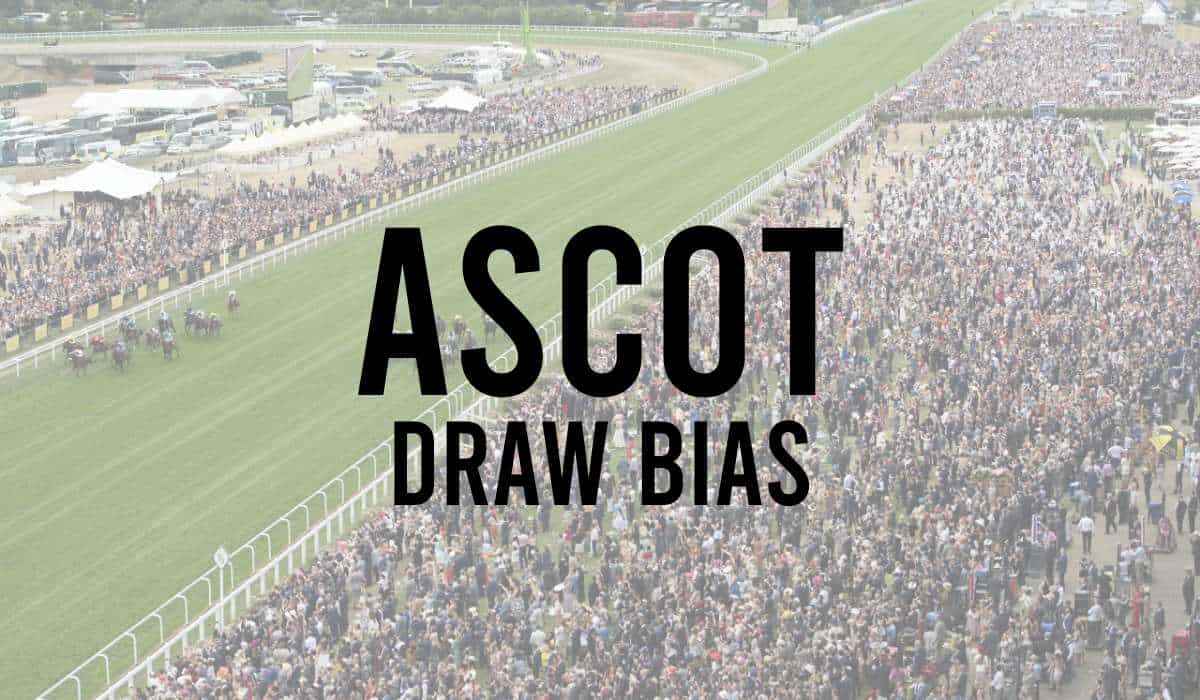
- Bath Draw Bias
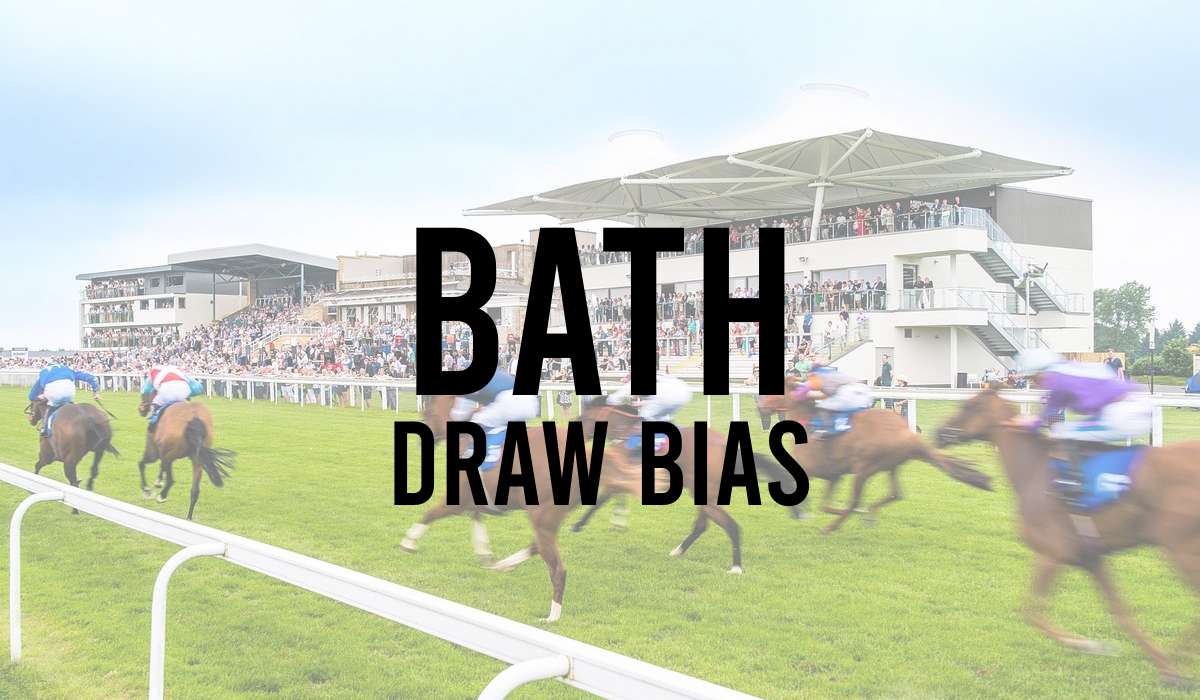
- Beverley Draw Bias
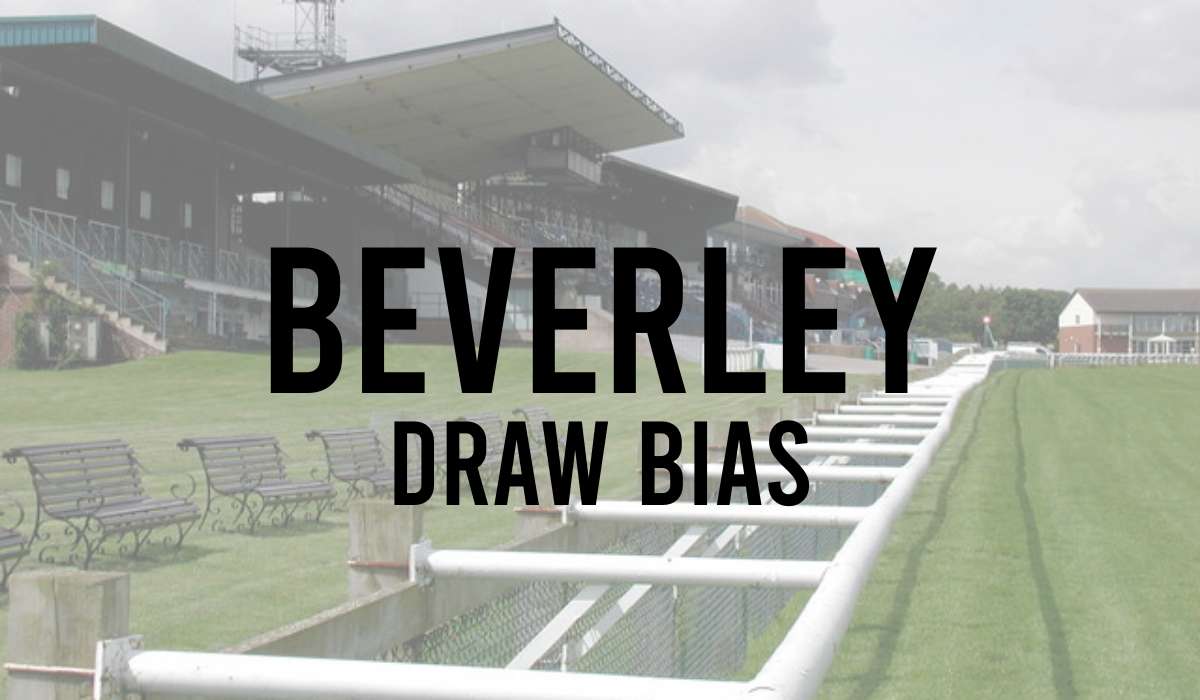
- Brighton Draw Bias

- Catterick Draw Bias

- Chelmsford Draw Bias

- Chester Draw Bias
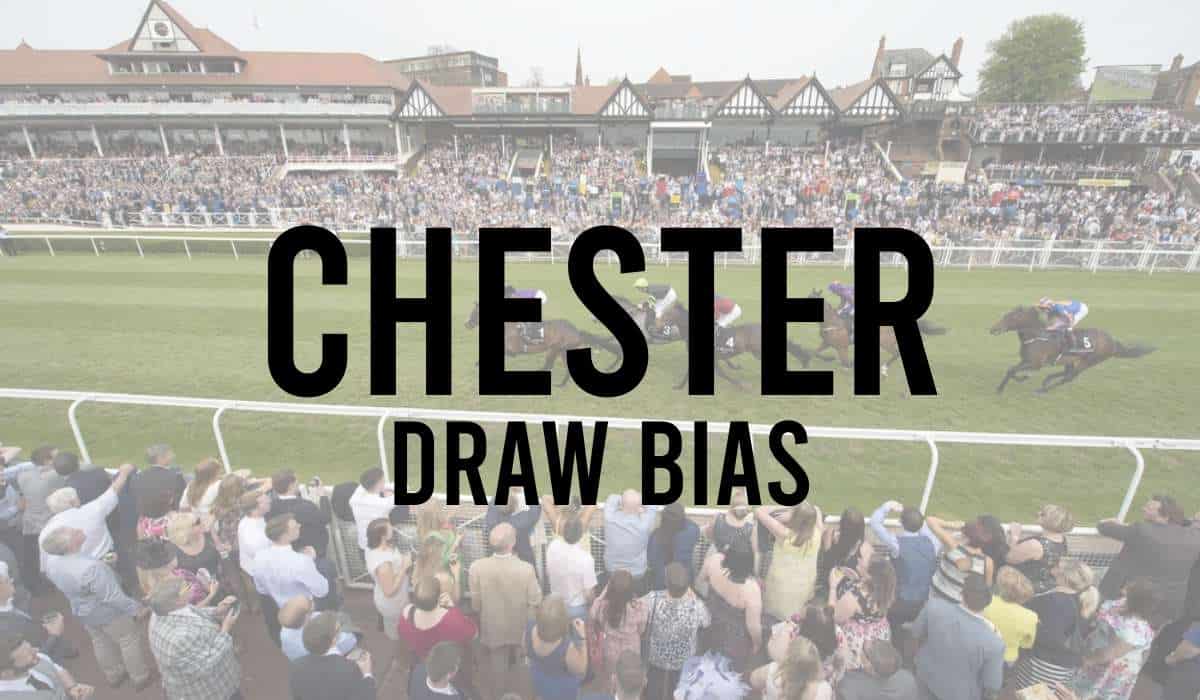
- Cork Draw Bias
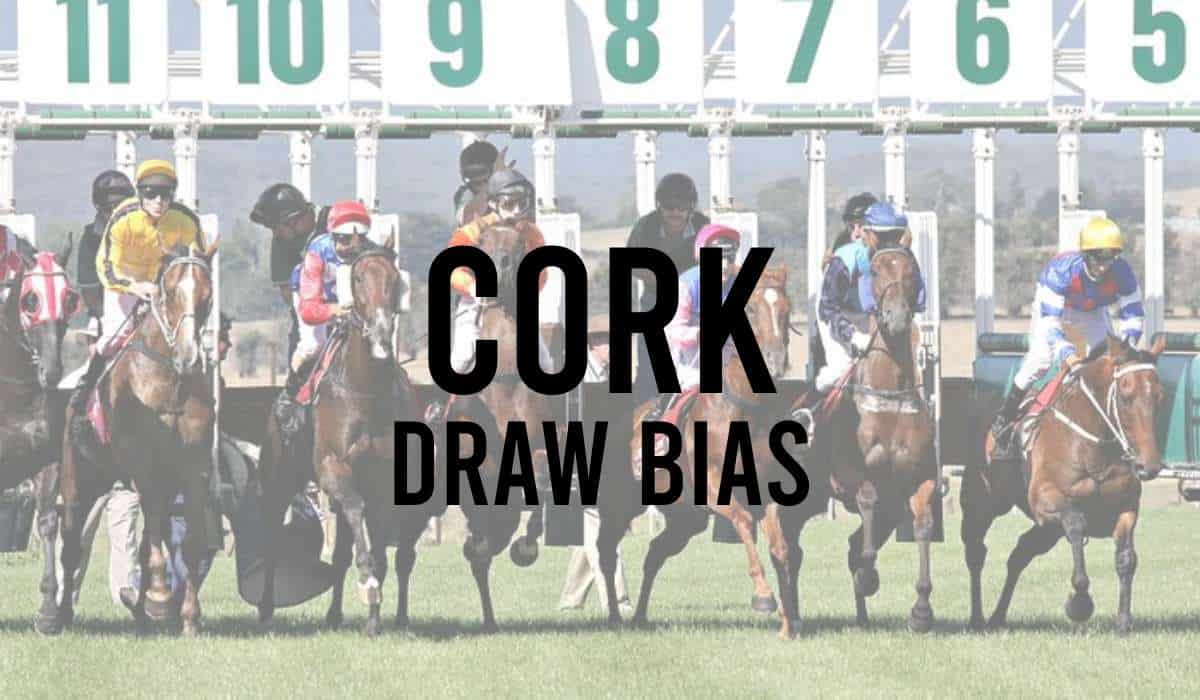
- Doncaster Draw Bias
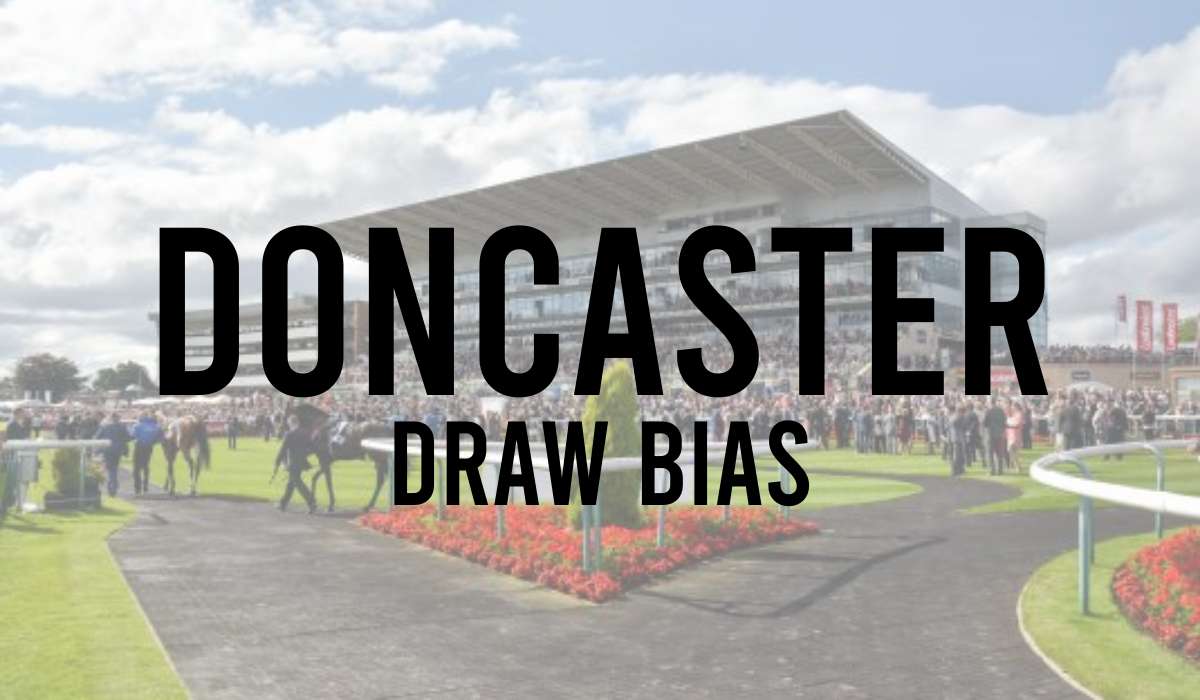
- Dundalk Draw Bias
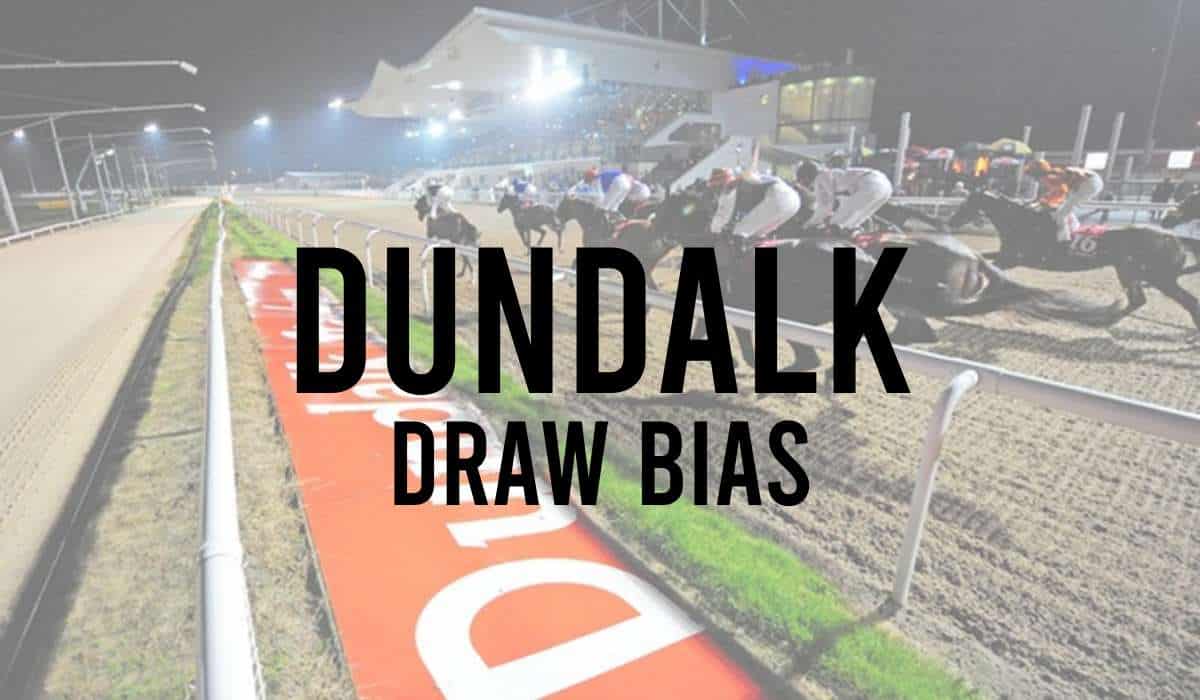
- Epsom Racecourse Draw Bias
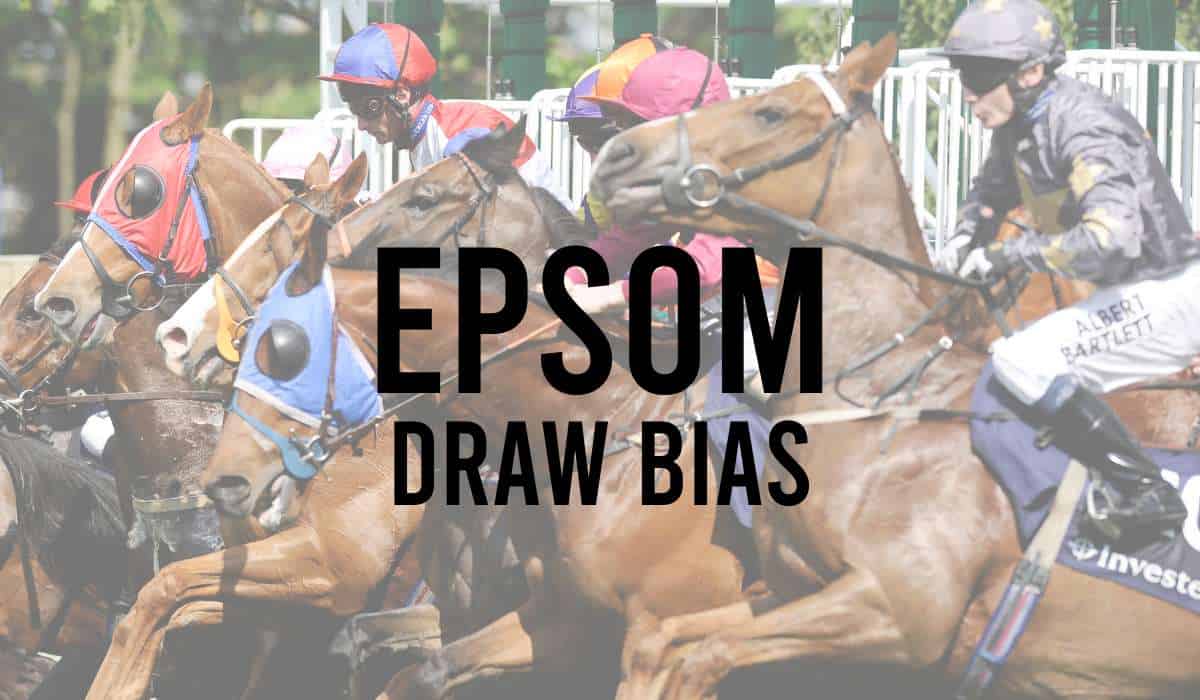
- Goodwood Draw Bias
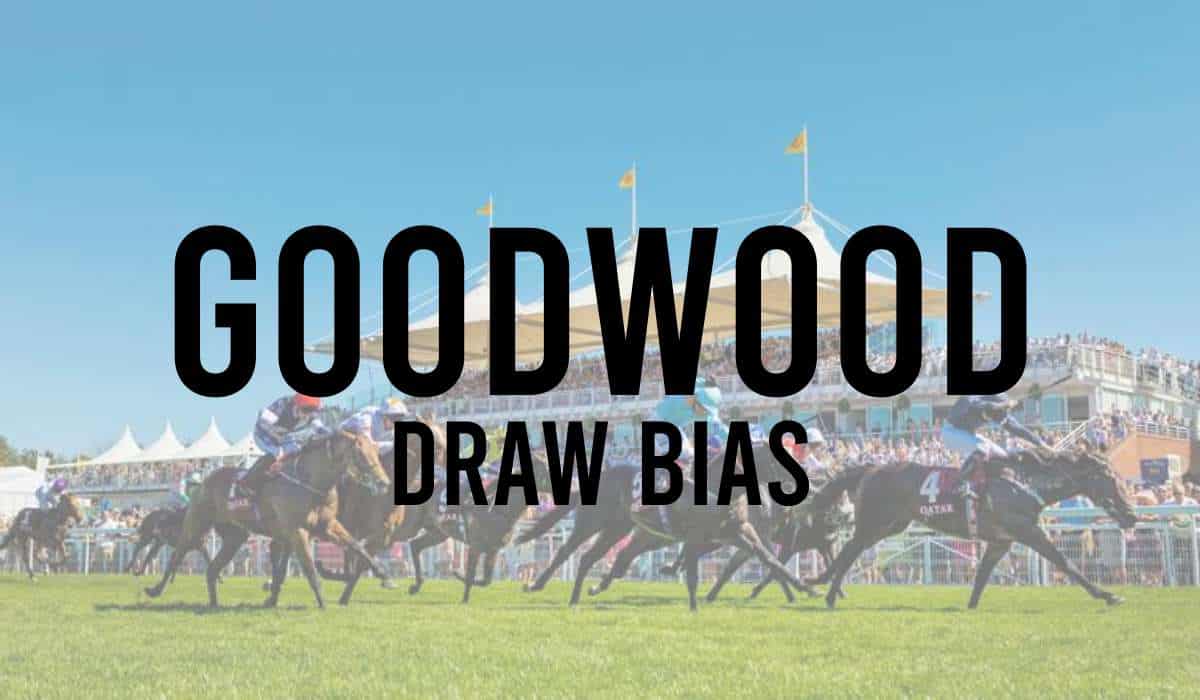
- Hamilton Draw Bias
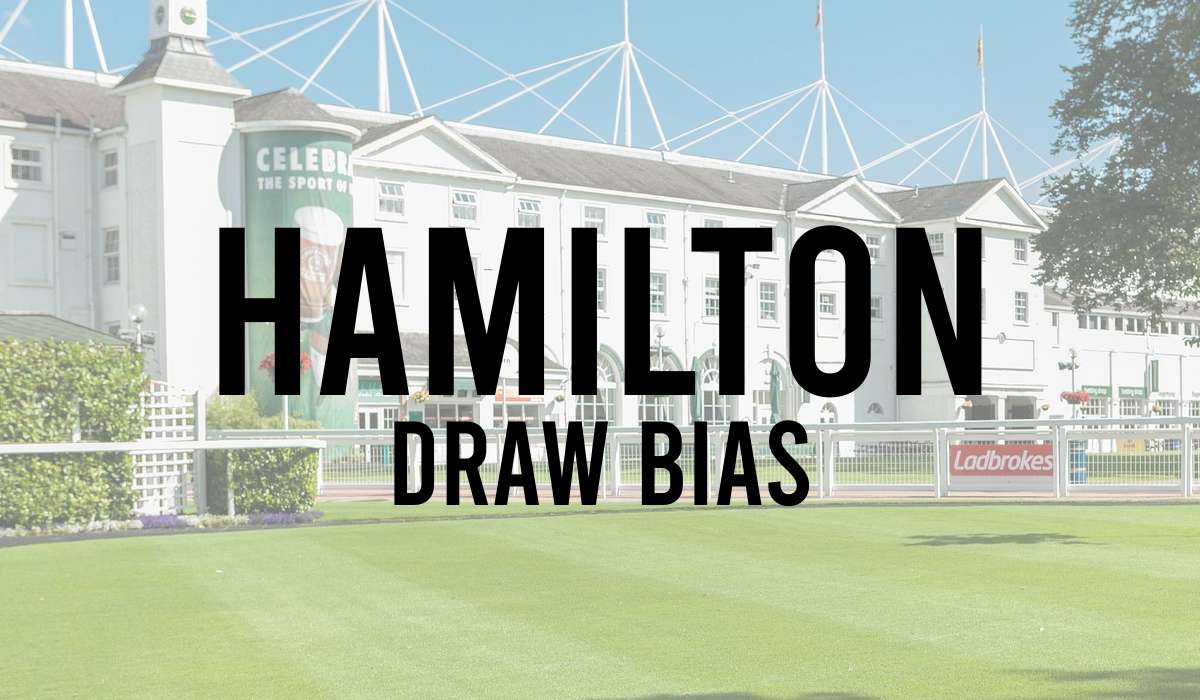
- Haydock Draw Bias
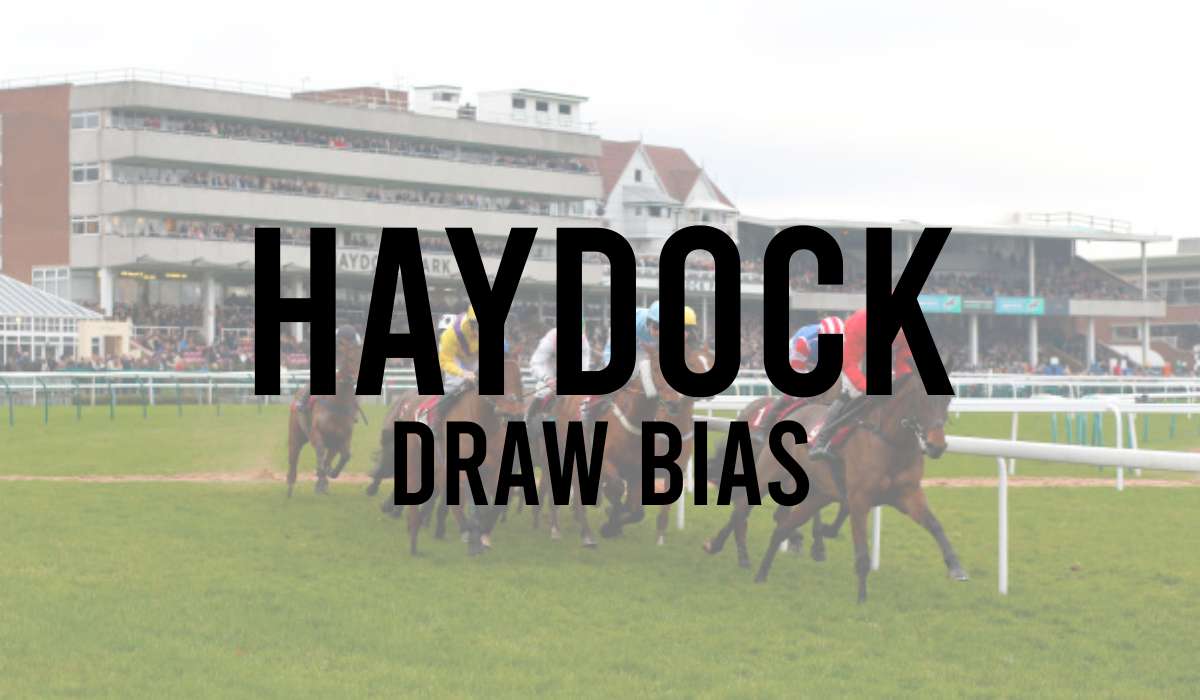
- Horse Racing Draw
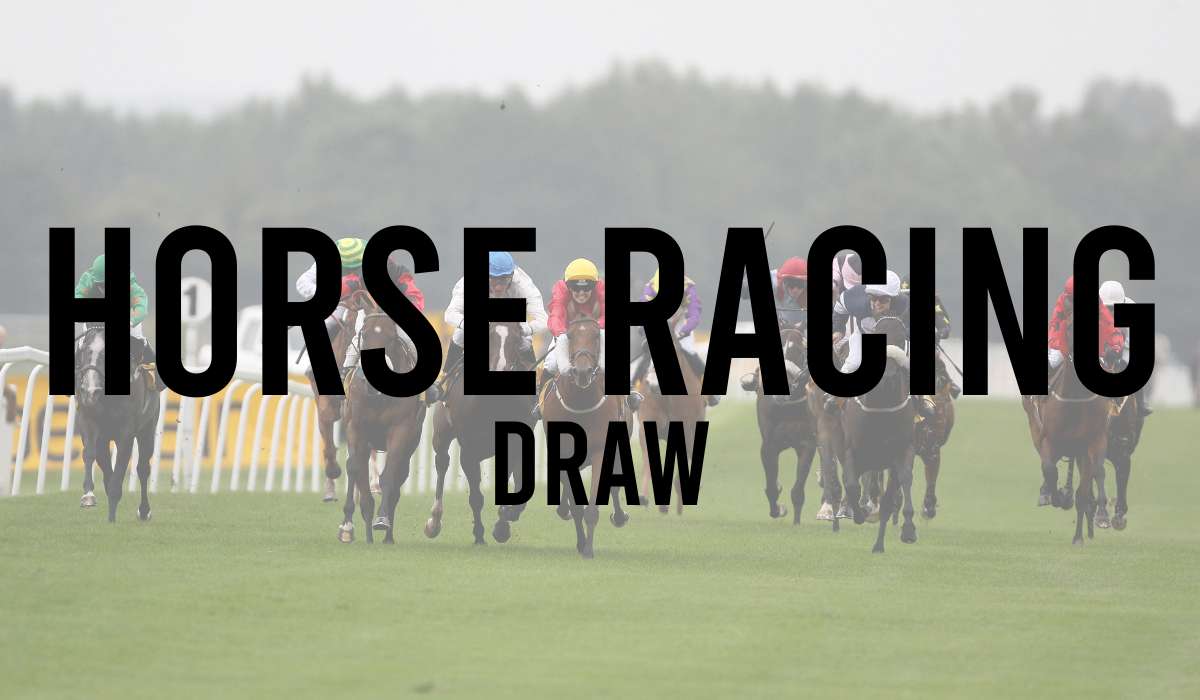
- Kempton Draw Bias
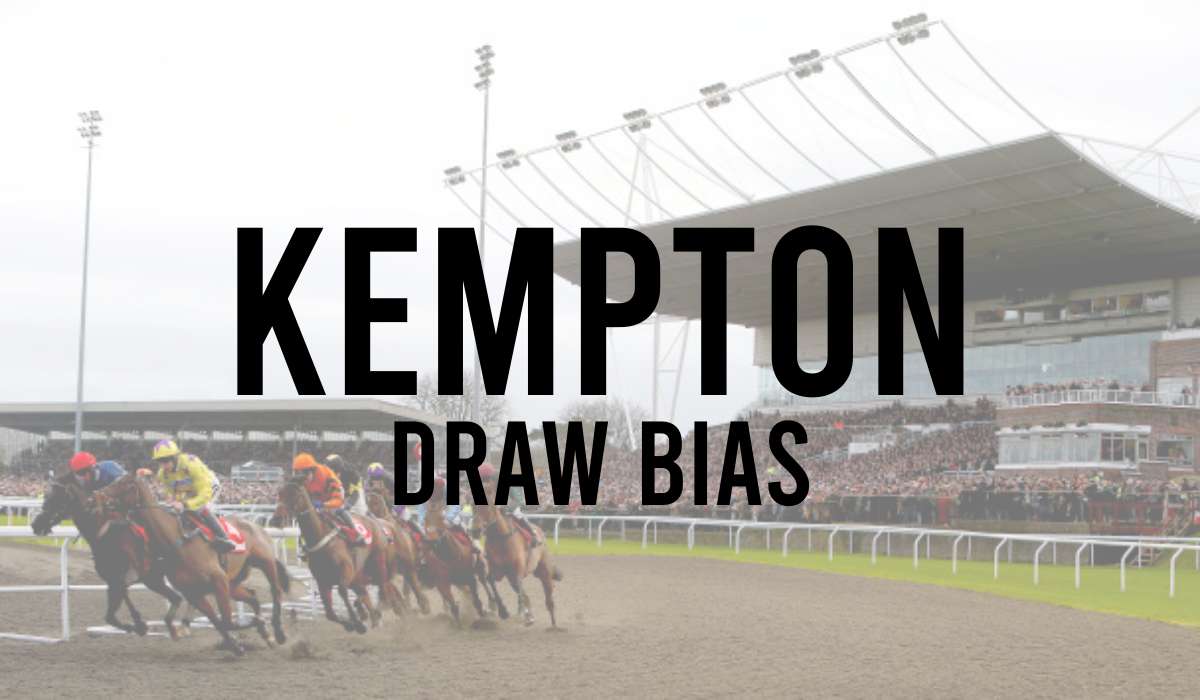
- Lingfield Draw Bias

- Musselburgh Draw Bias
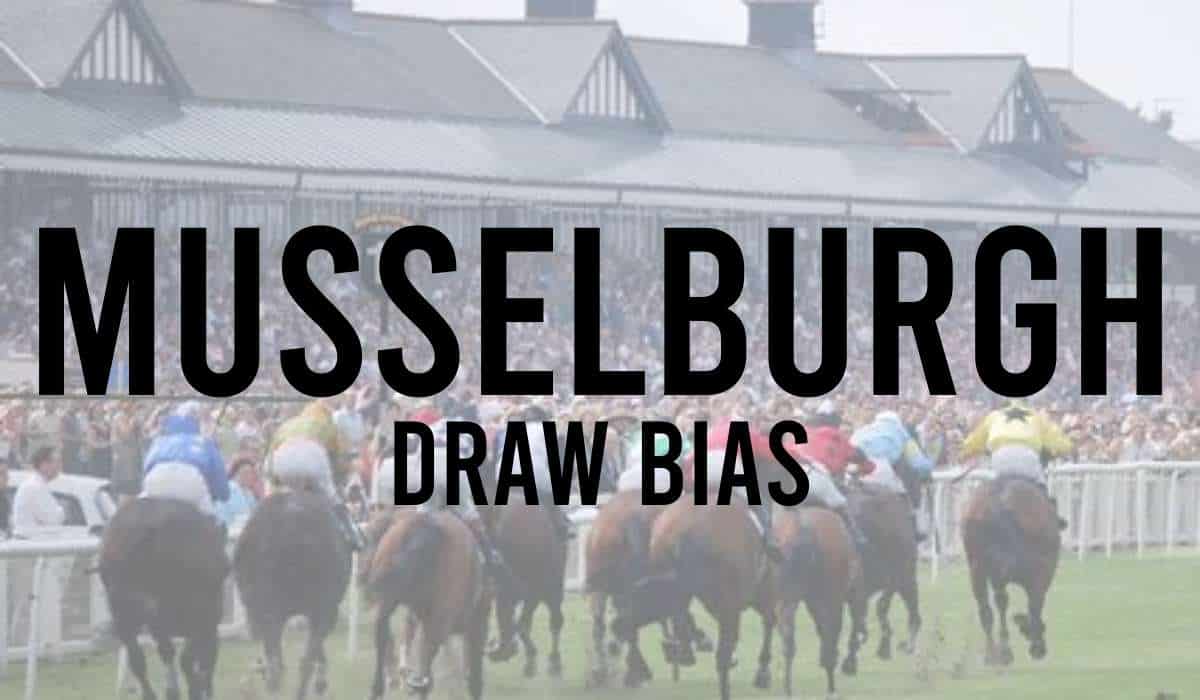
- Newbury Draw Bias
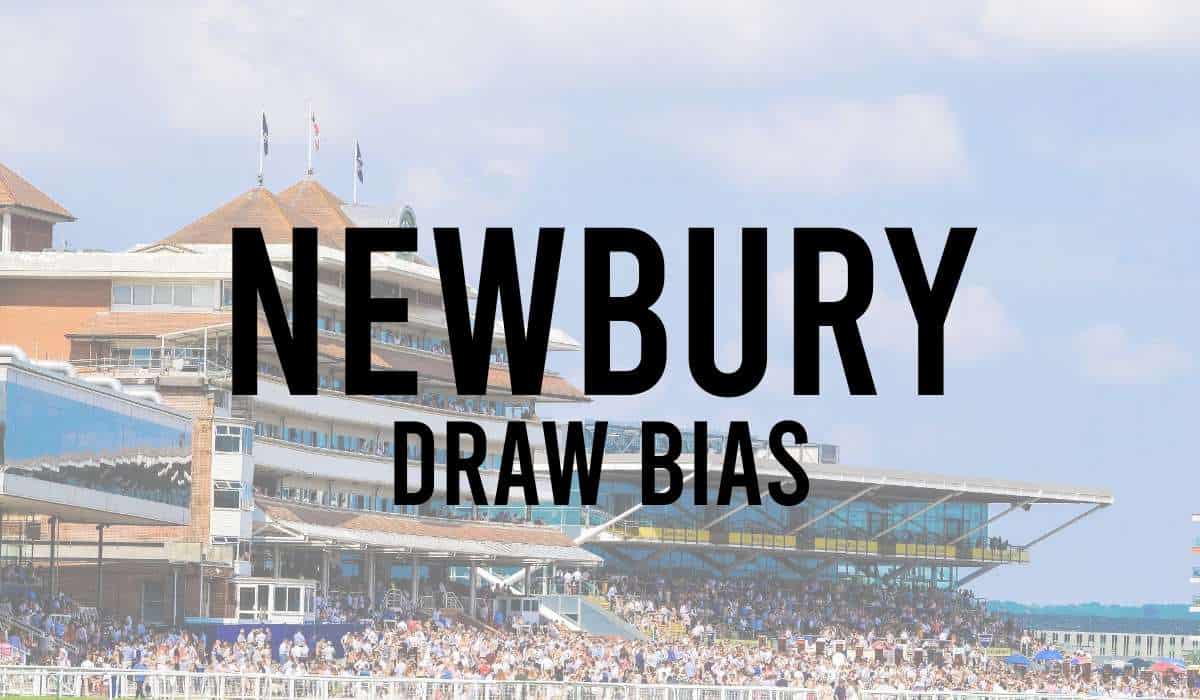
- Newcastle Draw Bias
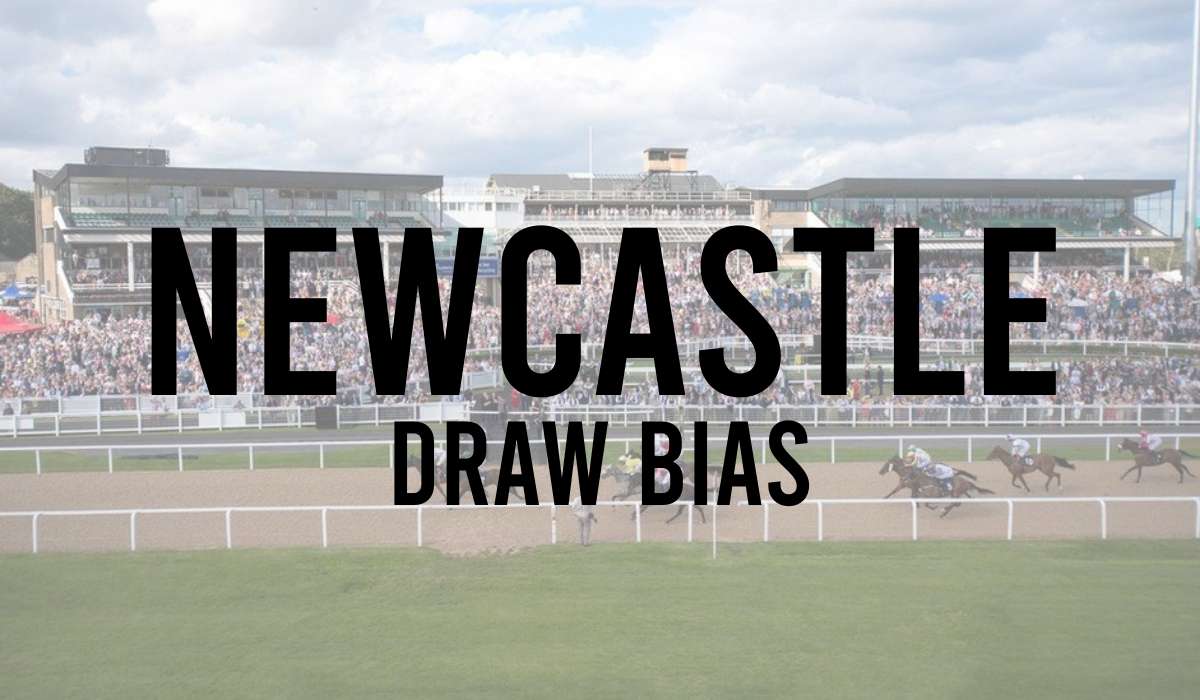
- Newmarket July Course Draw Bias
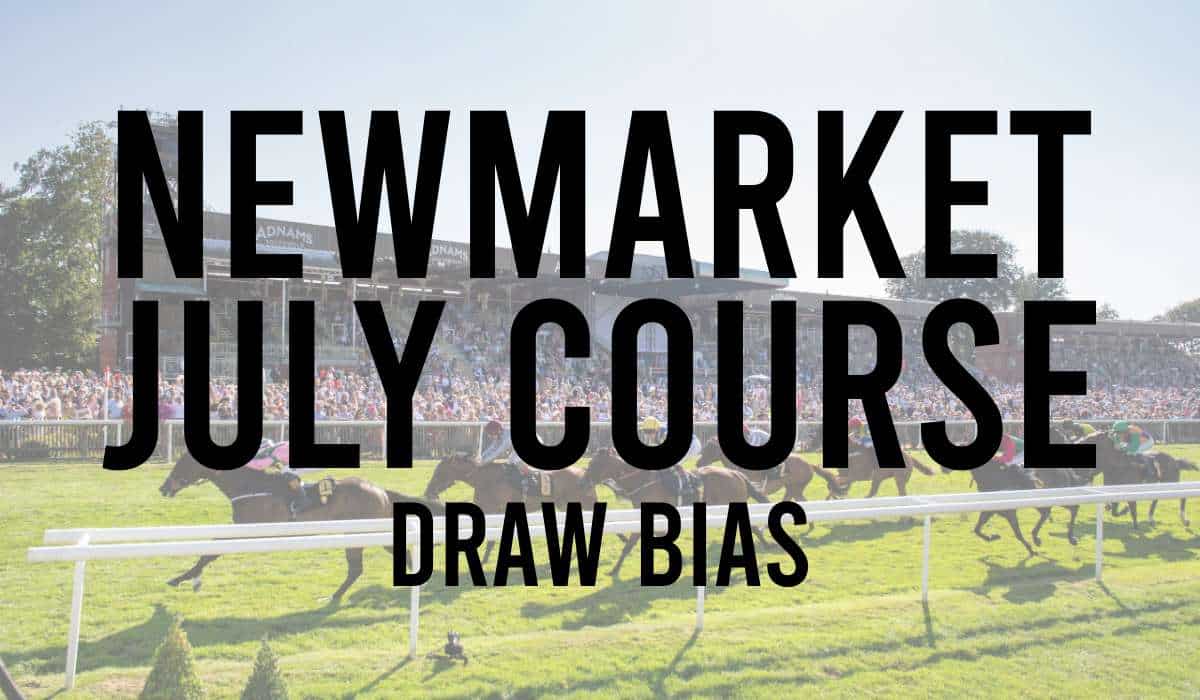
- Newmarket Rowley Mile Draw Bias
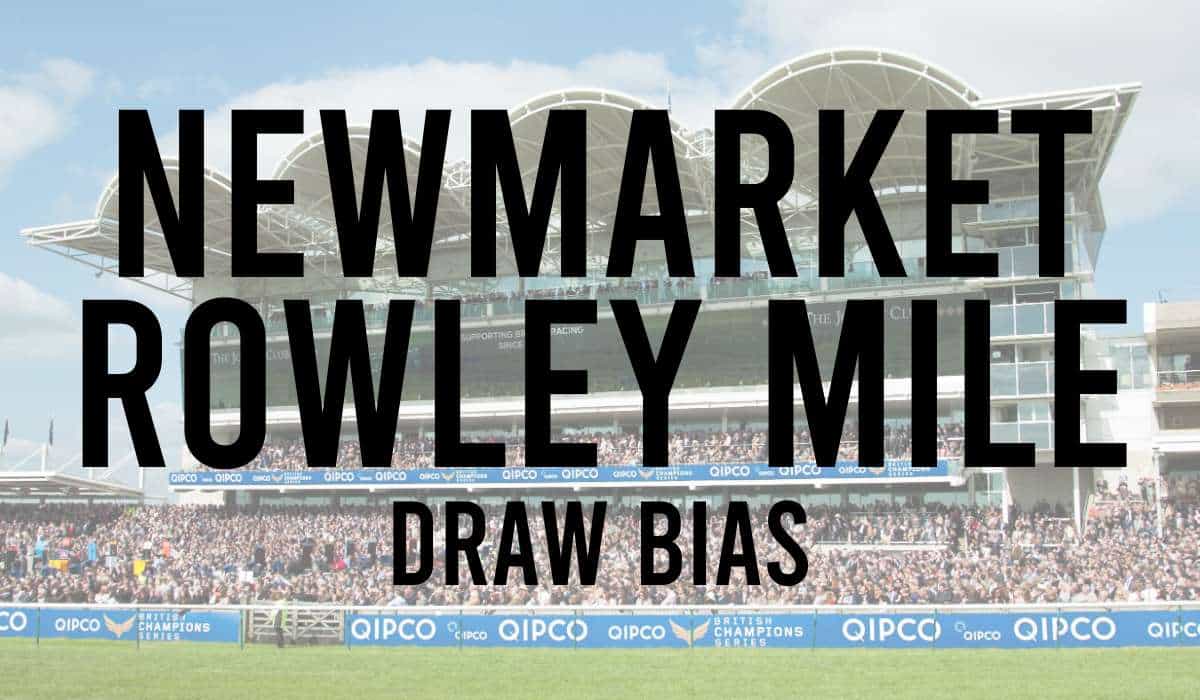
- Nottingham Draw Bias
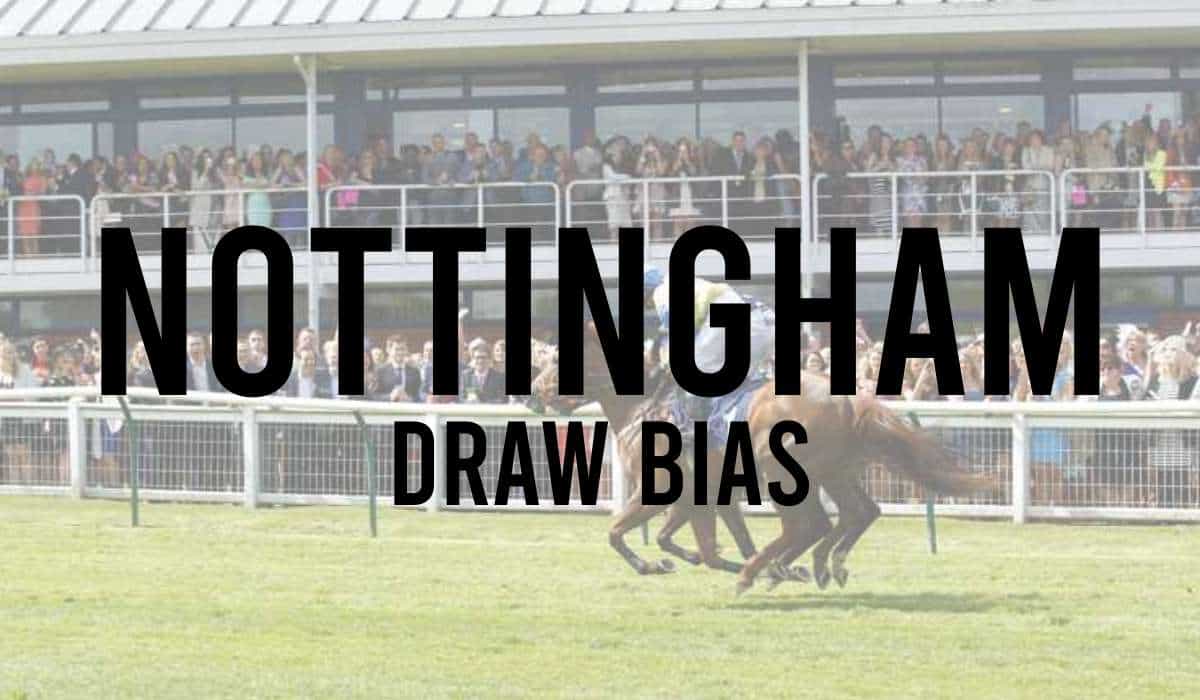
- Pontefract Draw Bias
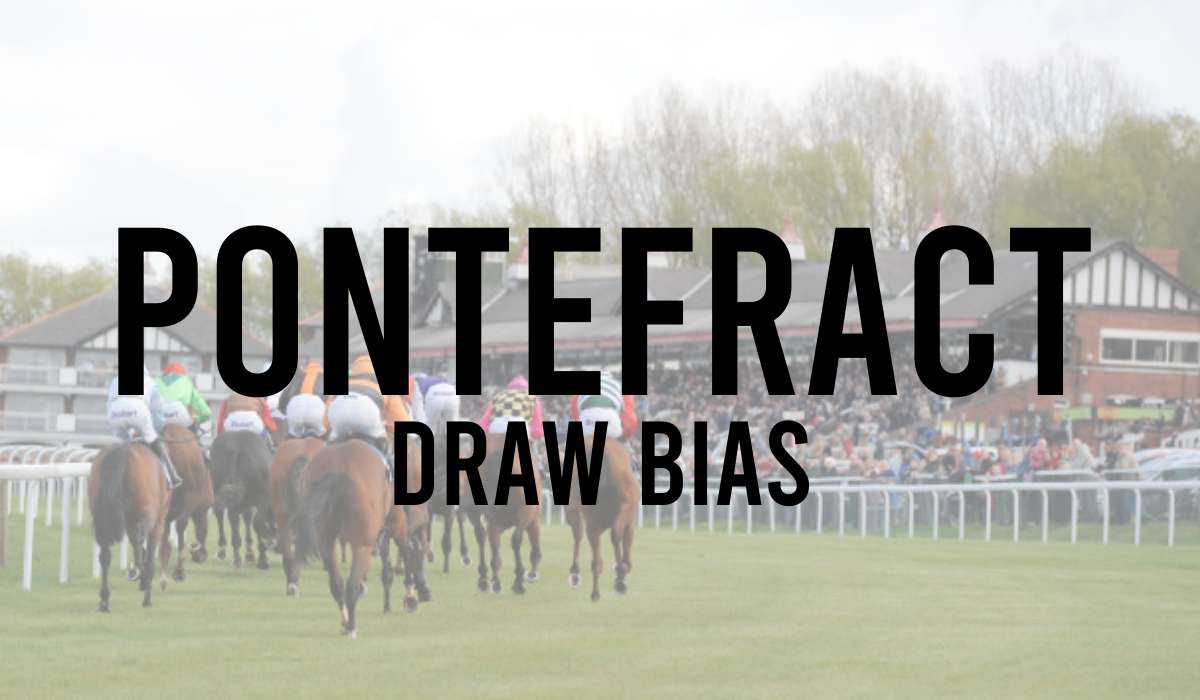
- Redcar Draw Bias

- Ripon Draw Bias

- Salisbury Draw Bias
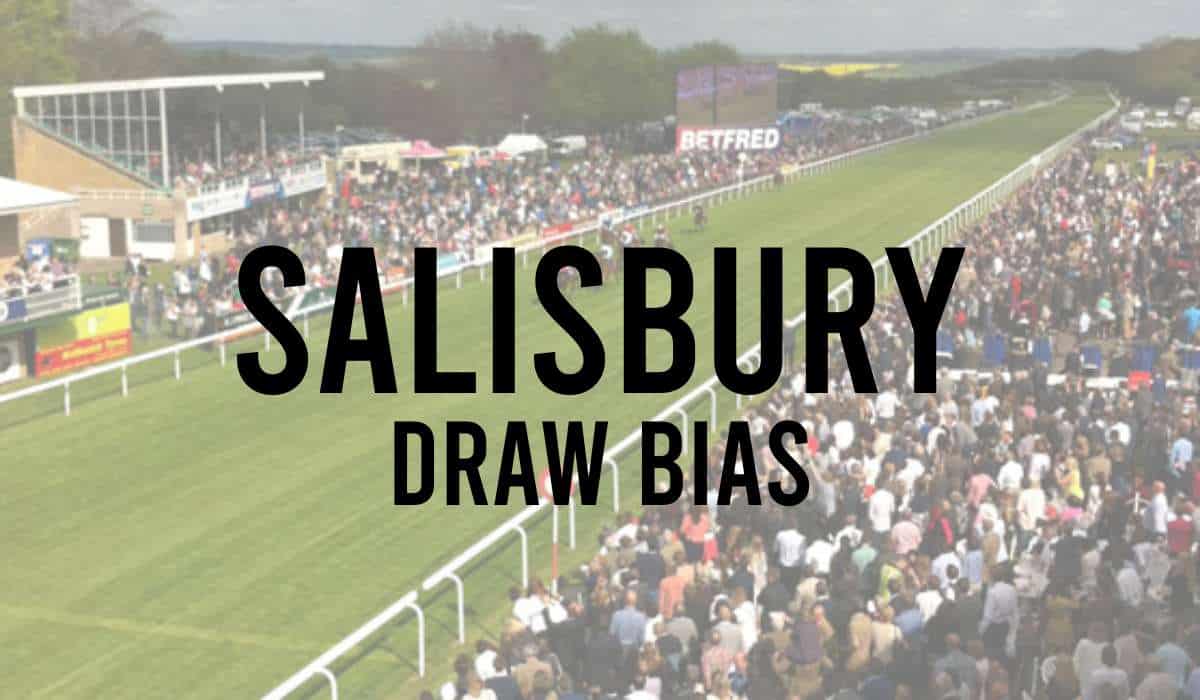
- Sandown Draw Bias
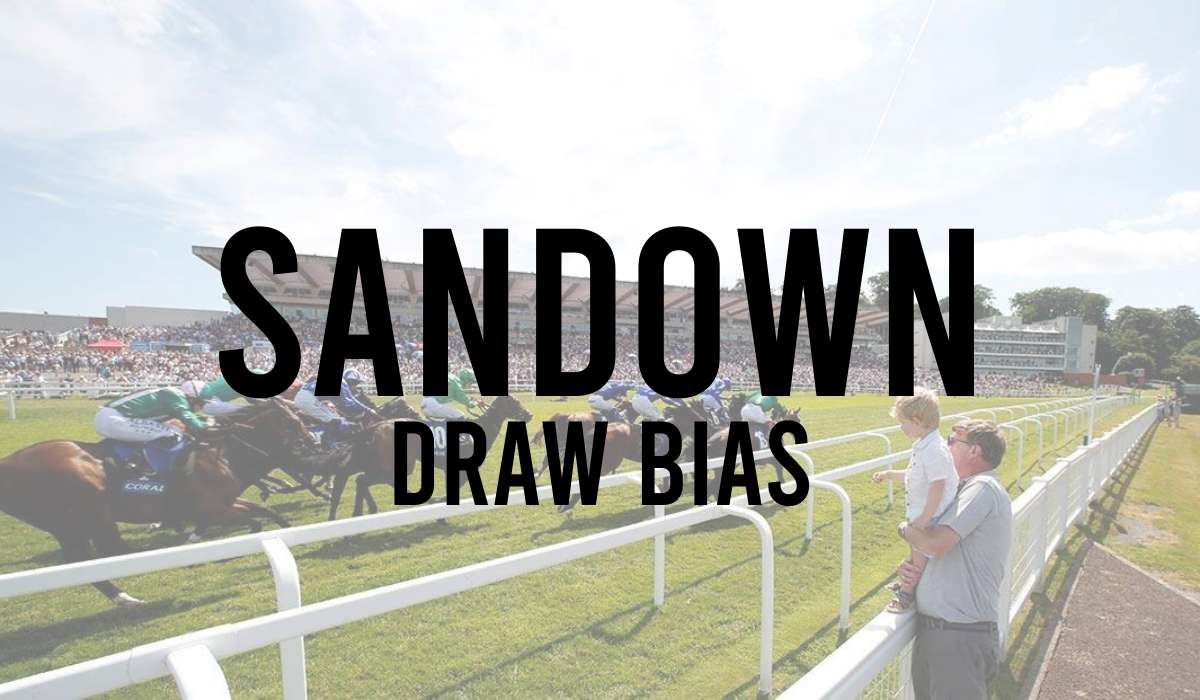
- Sligo Draw Bias

- Thirsk Draw Bias
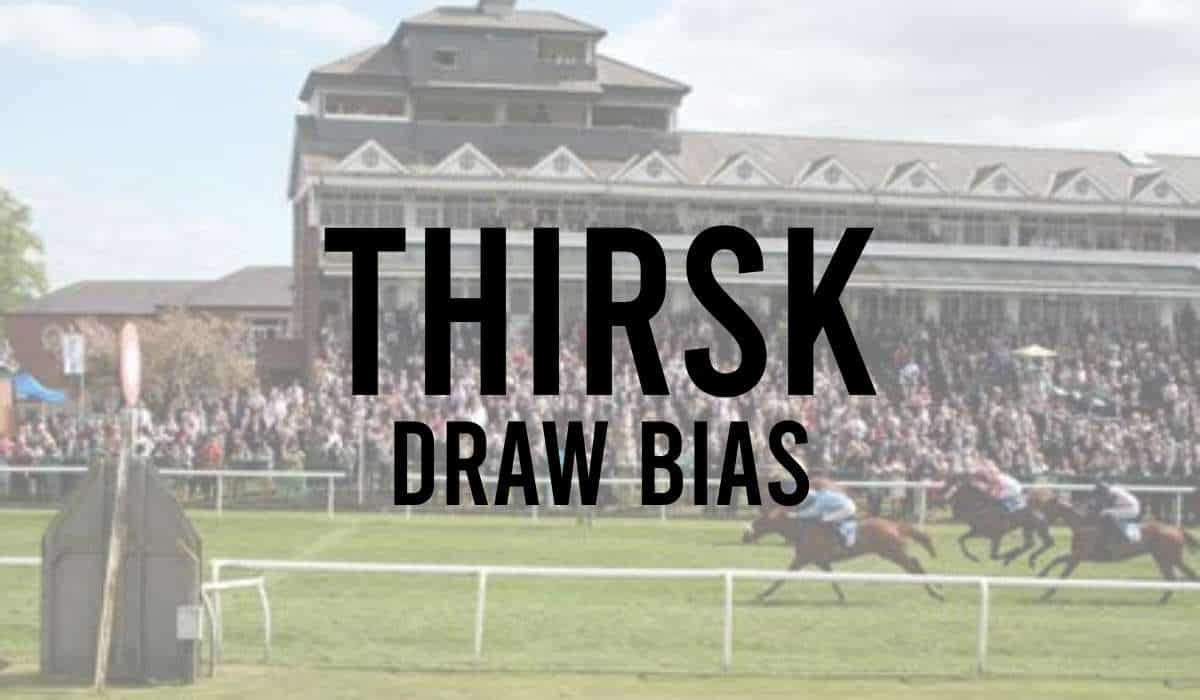
- Windsor Draw Bias
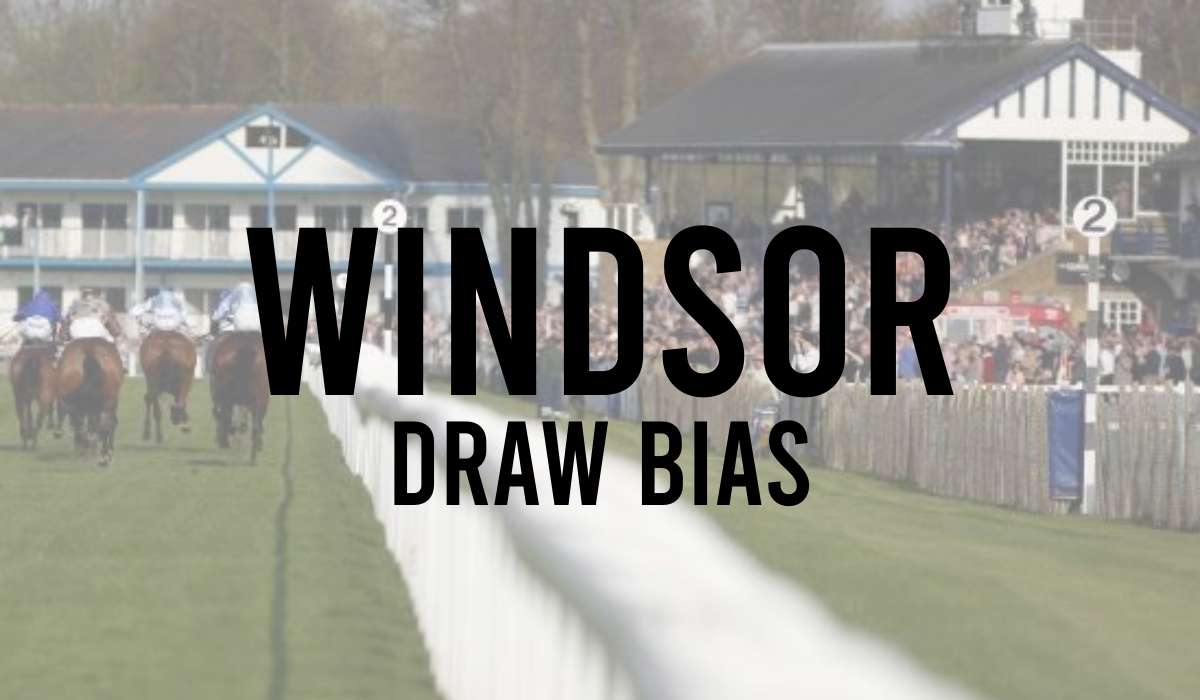
- Wolverhampton Draw Bias

- York Draw Bias


